If you’re lucky enough to live in the mountains above 3,000 ft., you know that this presents some challenges for baking. Cakes rise too fast, and fall too hard! But these problems can be overcome if you follow these High Altitude Baking Adjustments.
The very best high-altitude cookbook, from Colorado State University Cooperative Extension. Good recipes and lots of tips to improve and perfect your high-altitude baking skills.
First, find out the exact altitude of your location by checking your address with whatismyelevation.com. (Link opens a new tab). No login required – just enter your address and it tells you your elevation in feet or meters.
Once you know your elevation, here’s a quick corrections chart to adjusting your cakes for high-altitude baking.
There are six factors you’ll need to correct in adjusting a cake recipe for high altitude: Oven Temp, Baking Time, Sugar, Liquid, Flour and Leavening.
For a cake mix, the rule of thumb is Add one tablespoon of flour at 3,500 ft., then another tablespoon for every 1,500 beyond that.
High Altitude Baking Adjustments for your scratch recipes.
| What to change | How to change it | Why |
|---|---|---|
| Oven temperature | Increase by 25°F for most cakes. Increase by 15°F for chocolate or angel food and lighter cakes. | Since leavening and evaporation proceed more quickly, the idea is to use a higher temperature to set the structure of baked goods before they over-expand and dry out. |
| Baking time | Cut 5 to 8 minutes for every 30 minutes of baking time in the original recipe. | Baking at higher temperatures means products are set sooner. |
| Sugar | Cut sugar by 1 tablespoon per cup in the original recipe. | Increased evaporation also increases concentration of sugar, which can weaken the structure of your baked goods. |
| Liquid | Increase liquid by 2 tablespoons at 3,000 ft., and an additional 1 1/2 teaspoons for every 1,000 ft. beyond that. “Liquid” can include eggs (highly recommended), water or milk. 1 egg is about 3 tablespoons – an egg white is 2 tablespoons. | Extra liquid keeps products from drying out at higher temperatures and evaporation rates. |
| Flour | Add 1 tablespoon of flour at 3,500 ft. For every 1,500 beyond that, add another tablespoon. | In some recipes, a flour with a higher protein content may yield better results. Additional flour helps to strengthen the structure of baked goods. |
High Altitude Baking Adjustments – Leavening
This is critical. As altitude increases, leavening must decrease drastically. Use the chart below to adjust the leavening in your recipe. When baking a recipe that calls for both baking powder and baking soda plus an acidic ingredient, like buttermilk or sour cream, try switching to all baking powder and sweet milk.
| Baking powder or baking soda | 3,000-5,000 ft | 5,000-6,600 ft | 6,500-8,000 ft |
|---|---|---|---|
| 1 teaspoon | 7/8 | 1/2 | 1/4 |
| 1 1/2 teaspoons | 1 1/4 | 3/4 | 1/2 |
| 2 teaspoons | 1 1/2 | 1 | 3/4 |
| 2 1/2 teaspoons | 1 3/4 | 1 1/4 | 1 |
| 3 teaspoons | 2 | 1 1/4 | 1 |
| 3 1/2 teaspoons | 2 1/2 | 1 1/2 | 1 |
| 4 teaspoons | 2 1/2 | 1 1/2 | 1 |
One word of caution: Many, MANY scratch cake recipes are way too over-leavened in the first place. At high-altitude, this will make-or-break your cake!
In general, the recipe should call for:
- 1 tsp of baking powder per 1 cup of flour
- 1/4 tsp of baking soda per 1 cup of flour
Another tip – test your baking powder before dumping it in your batter. Baking powder will lose it’s power fairly quickly – only about 9 to 12 months. So if yours is older than that, get rid of it and buy a fresh batch. You can test it by stirring a half a teaspoon of into a cup of hot water. If it starts to foam and fizz immediately, it’s still fresh enough to use.
Check your recipe FIRST before making high-altitude corrections!
High Altitude Adjustments – Cookies
Because cookies bake for a shorter amount of time than bread or cakes, and are relatively low in water and high in fat content, they’re much less susceptible to the vagaries of high-altitude baking. The principle adjustments recommended for cookies baked at higher altitudes (generally considered to be above 3,000 feet) are to increase the water slightly, to help the dough come together, and to decrease the amount of chemical leavens (baking powder, baking soda) used. Experienced high-altitude bakers know to bake at slightly higher temperature, with a shortened baking time. The table below gives guidelines about what adjustments to make for baking cookies at high-altitude:
| What to Change | How to Change It | Why |
|---|---|---|
| Oven temperature | Increase 15° to 25°F; use the lower increase when making chocolate or delicate cakes | Since leavening and evaporation proceed more quickly, the idea is to use a higher temperature to “set” the structure of baked goods before they overexpand and dry out |
| Baking time | Decrease by 5-8 minutes per 30 minutes of baking time | Baking at higher temperatures means products are done sooner. |
| Liquid | Increase by 1 to 2 tablespoons at 3,000 feet, increase by 1 1/2 teaspoons for each additional 1,000 feet. You can also use extra eggs as part of this liquid, depending on the recipe. | Extra liquid keeps products from drying out at higher temperatures and evaporation rates. |
| Flour | At 3,500 feet, add 1 more tablespoon per recipe. For each additional 1,500 feet, add one more tablespoon. | In some recipes, a flour with a higher protein content may yield better results. Additional flour helps to strengthen the structure of baked goods. |
High Altitude Baking Adjustments – Cakes, Breads, and More
Cakes: Use extra eggs to increase liquids. If only part of an egg is needed, use the whites.
Crackers and Pie Crusts: Won’t be dramatically affected, but will usually need extra water to help the dough to form.
Fried Doughs: Lower the frying temperature by 3 degrees per 1,000 feet, and increase cooking times.
Quick Breads: Use the guidelines above to make adjustments.
High Altitude Bread Corrections
Yeast Breads: Decrease the amount of yeast in the recipe by 25%, and make water/flour adjustments as necessary to get a dough with the correct texture. Make sure your bowl has plenty of room for the dough to rise in. Since rising times are much shorter at higher altitudes, you have a number of options to help its flavor.
- Give the dough one extra rise by punching it down twice before forming it
- Try covering the dough and placing it in the refrigerator for its first rise, to slow the action of the yeast, giving the dough more time to develop.
- If you have sourdough starter or biga on hand, use some of it for some of the liquid in the recipe. Make a sponge by mixing the yeast, the liquid in the recipe, and 1 to 2 cups of flour. Cover and let the sponge work for a few hours in the refrigerator to develop it.
Give it a try! My Old Fashioned Coconut Cake and German Chocolate Cake have been adjusted to an altitude of 5,280. I’ve made them many times without fail. You’ll love them!
High-Altitude Carrot Cake
Carrot Cake – for most, this cake is really quite simple, even if it has…
Cheesecake Recipe (No Water Bath!)
If you’ve ever wanted to try baking a New York style cheesecake, but were a…
Butter Pecan Cake Recipe
Includes Regular and High-Altitude Recipes Looking for something different? If you’ve tried Sour Cream Chocolate…
Cake Mix Extender
If you’ve checked a cake mix box lately, you’ve noticed that – though the price…
Easy Peel Hard Boiled Eggs
Easy Peel Hard Boiled Egg Secrets But my eggs never peel right! It’s such a…
Classic Hummingbird Cake
Naturally sweet from bananas and pineapple, with hints of cinnamon and nutmeg, this Classic Hummingbird…

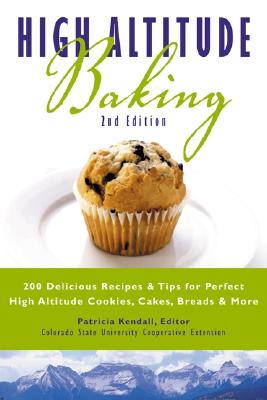
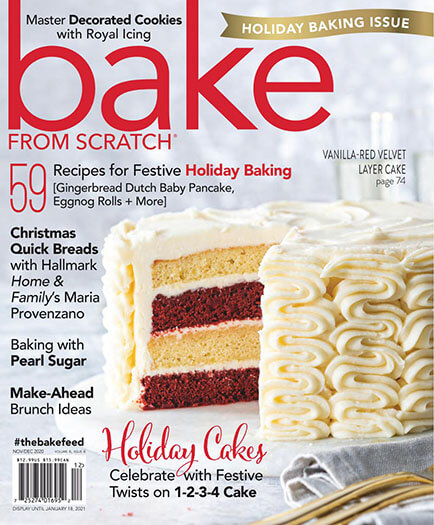
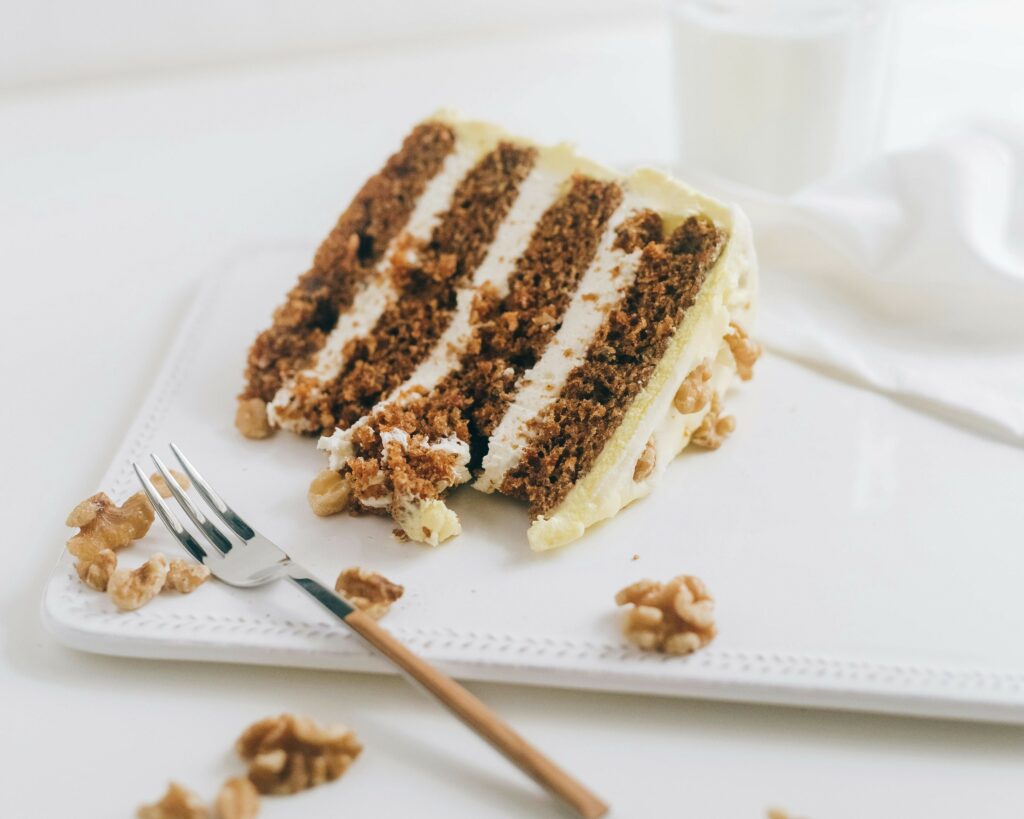

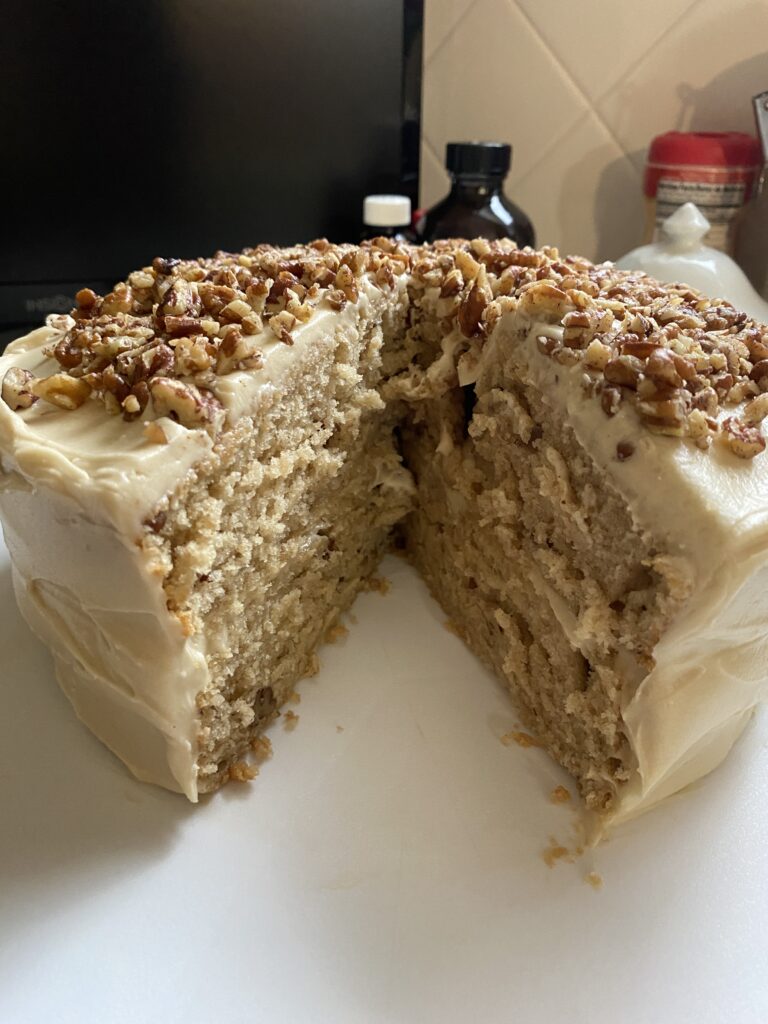
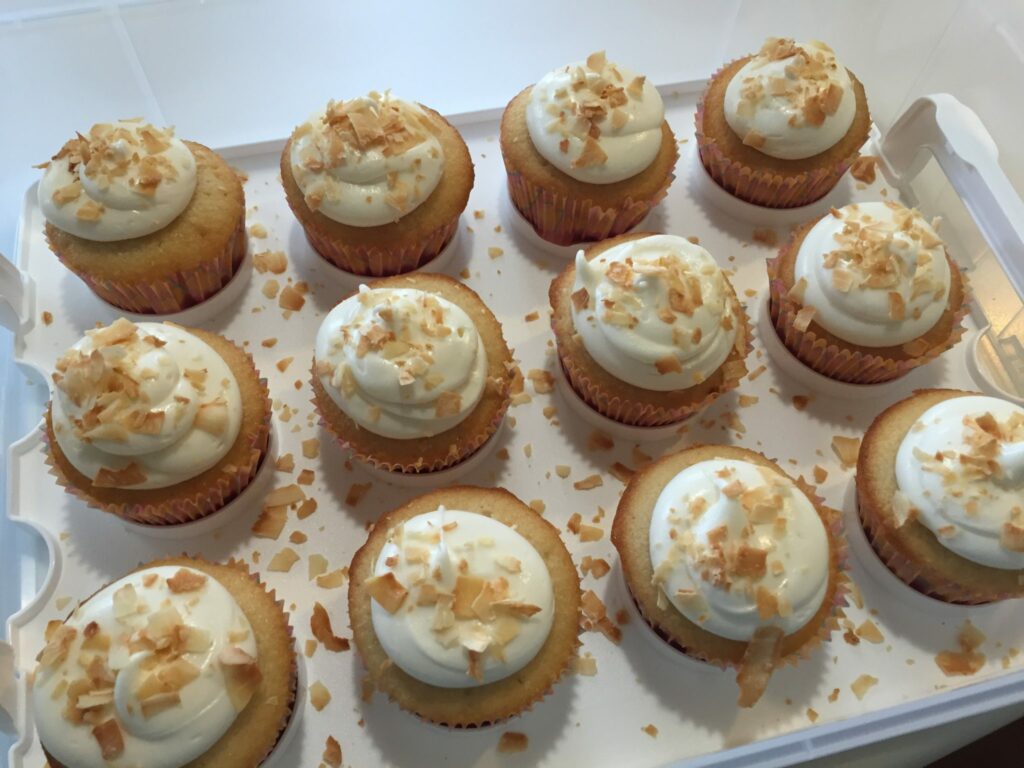

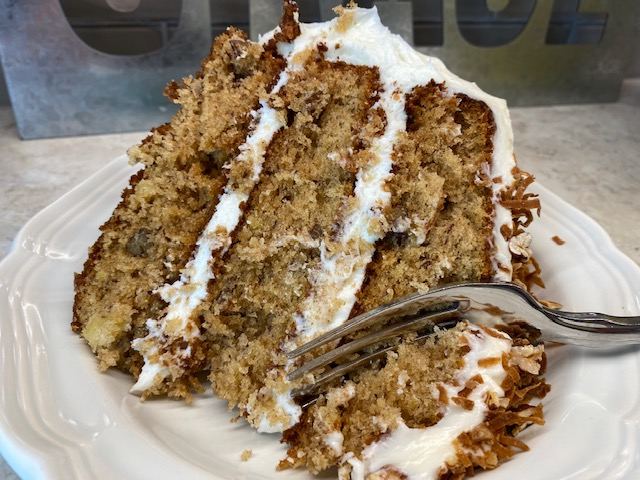

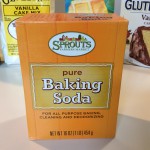

I want to make Betty Crocker Merry Meringues which are different flavored meringues piped out to look like candy kisses. But we are at 3000 feet and I am new to the change. ( I didn’t realize changing the recipes was so hard.) The recipe calls for:
3 large egg whites
pinch salt
¼ tsp cream of tartar
½ cup sugar
½ tsp vanilla extract
flavor desired.
Do I need to change anything due to the high altitude? I would appreciate any help. ( I am trying to make a variety of treats to have my son take to the hospital where he works. Everyone there is working above and beyond. I am hoping to add a little joy and at least a treat when there is not time for lunch.)
I don’t think you’ll need to change a thing at 3000 ft.
Fantastic tips! Thank you. I’ll be saving these!
Kay, kudos to you for caring for the hospital employees! My husband is a nurse, and their schedules leave little time for decent meals. “Goodies” are often all they have time to grab. Aside from the leavening issue, however, is the little known fact that sugar suppresses the immune system, so they often get more run-down by its effects. In the variety you provide, may I suggest fresh fruit, simple nuts, or even whole-grain vegan finger sandwiches? (Animal products acidize the body, making it more susceptible to disease.) Also, I’ve found sweetening with raw honey, real maple syrup, coconut or date sugar; and using whole grains as much as possible provide more long-lasting nutrition and lessen the likelihood of getting sick themselves. Again, thanks for caring!
How can I figure out the adjustments if I am at 2900-3000 ft? Thanks in advance for any guidance.
If you are right at 3,000 feet, you should use the 3000-5000 ft adjustments and see how that works for you. If your cake doesn’t rise enough, you may want to skip any adjustment at all. You’re right on the border of needing to do anything at all.